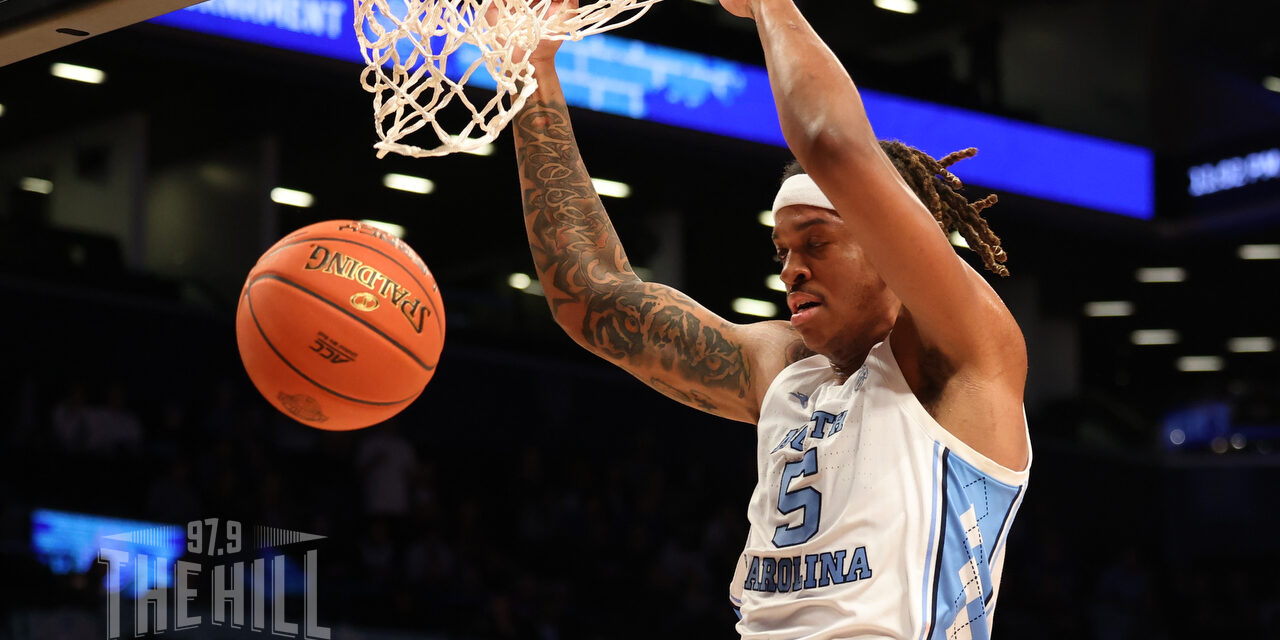
How To Win Your NCAA Bracket Contest (a.k.a., “DG’s Educated Guesswork”)
By David Glenn
Below is a simple, time-tested, four-step process to maximize your chance of winning your NCAA Tournament bracket contest and/or office pool.
It blends art and science. It leaves plenty of room, within its boundaries, for you to exercise your unique prognostication freedom. While far from perfect, it has a proven track record.
Three quick requests: (1) Don’t bet the kids’ college tuition fund. (2) If you win, take all the credit yourself. (3) If you don’t win, please remember that this advice is free, and be kind about others’ never-ending imperfections (in this case, mainly mine). This is supposed to be fun!
Step One: Choose a top-three seed to win it all.
The ground rules for an NCAA Tournament pool or bracket contest can vary greatly, but in the overwhelming majority of them, it’s almost impossible to win unless you correctly pick the national champion.
So, why a top-three seed? Well, since the NCAA Tournament organizers started seeding the field, in 1979, top-three seeds have won 37 of the 42 events. That’s more than 88% of the time.
Here’s the full historical (1979-2021) breakdown: #1 seeds (25 times), #2 seeds (7) and #3 seeds (5). The other five NCAA titles were won by a #4 seed (Arizona in 1997), two #6 seeds (1983 NC State and 1988 Kansas), a #7 seed (2014 Connecticut) and a #8 seed (1985 Villanova).
Put the odds in your favor. Your “Cinderella story” should involve either enjoying a Disney movie with the kids/grandkids or doing a bad Bill Murray/Carl Spackler impression from the movie “Caddyshack.” It must not derail your shot at March Madness riches and/or eternal bragging rights.
Step One reduces your 2022 national champion choices to 12 teams: Arizona, Auburn, Baylor, Duke, Gonzaga, Kansas, Kentucky, Purdue, Tennessee, Texas Tech, Villanova and Wisconsin.
Step Two: Embrace your hate, and address your demons.
If you would experience excruciating pain, or even significant discomfort, watching one or more of the 12 teams listed above (or individual coaches/players on those teams) win the NCAA title this year, eliminate it/them from consideration for your projected national champion.
Again, this is supposed to be fun. Since the pleasure of winning your bracket/pool likely would be outweighed by the utter misery of watching your most hated team cut down the nets in New Orleans, don’t go down that road, no matter what your brain or the analytics may tell you.
“Demons” may simply be a deep-seated personal problem (mine), but they are worth mentioning just in case. If there are one or two schools that have absolutely destroyed your otherwise brilliant NCAA brackets of the past with mind-numbing, soul-sucking, dagger-through-the-heart frequency — I’m looking at you, Kansas and Michigan State! — it is perfectly understandable if you discard them as NCAA title contenders, as well.
Step Three: Require offense/defense balance.
It’s OK if you’re not into analytics, metrics or even basic statistics.
If you want to win your NCAA Tournament bracket/pool, though, you must embrace history. In this case, history tells us that it’s almost impossible to win the NCAA title if you were a wildly imbalanced team (offense vs. defense) during the regular season.
If you see a team that’s top-10 in both the offensive and defensive efficiency rankings (e.g., at KenPom.com), give that team very strong consideration as your national champion. In the past 20 years, these teams all won the NCAA title with that sort of high-level balance: 2002 Maryland, 2004 Connecticut, 2005 North Carolina, 2006 Florida, 2008 Kansas, 2010 Duke, 2012 Kentucky, 2013 Louisville, 2016 Villanova and 2019 Virginia.
In this year’s field, only Gonzaga fits that description right now, although Arizona, Baylor, Houston and UCLA are close enough to get there with strong March Madness performances.
Among the 12 “contenders” listed above, Duke and Purdue are stellar offensive teams but relatively mediocre (compared to the NCAA field) on defense. Texas Tech is the opposite, a dominant defensive squad but a relatively mediocre offensive group.
That leaves only nine possible choices for your all-important national champion — Arizona, Auburn, Baylor, Gonzaga, Kansas, Kentucky, Tennessee, Villanova and Wisconsin — minus anyone you may have eliminated in an emotionally exhausting Step Two.
Step Four: Follow the NBA talent.
How many teams have won the NCAA title in the last 70-plus years without one or more players who later became top-30 (nowadays, that’s means first-round) NBA draft picks?
Answer: zero. Seriously.
Indeed, almost all NCAA champions have more than one. It’s not at all unusual to see examples of title teams that ended up with three, four or even more (1996 Kentucky and 2004 Connecticut had six each!) top-30 NBA picks. I did the research myself, and I’ve written about it often. Please let the fruits of my decades-long labor benefit your NCAA Tournament picks.
The tricky part of this step, of course, is that we don’t know with certainty which current college players will end up being first-round NBA picks. This is where some educated speculation comes in handy.
Among our 10 “finalists,” for example, Villanova probably doesn’t have a single first-round pick in its rotation. Gonzaga, Kansas, Kentucky, Tennessee and Wisconsin may have only one each, so proceed with caution there. Personally, I wouldn’t eliminate the Zags or the Wildcats. The Jayhawks are elite, too, but that’s been an abusive relationship (see Step Two) for me.
Clearly, Arizona, Auburn and Baylor (plus Duke, if you want to ignore Step Three) all have multiple players who project as future first-round NBA picks. The Blue Devils actually have the most, with five in the high-end scenario.
Once you pick your national champion from among that relatively small group (this is where that personal discretion and those unique prognostication skills come into play), work backward in your bracket. The teams in this elite category also qualify as highly probable Sweet 16 picks and strong Final Four candidates.
Beyond these rules, remember that (generally speaking) regular-season conference champions have a better track record in the NCAA Tournament than tournament champions. Remember that one good approach is to select a Final Four with your two favorite #1 seeds, your favorite #2/3 seed, and your favorite lower seed. (Only once have all four #1 seeds made it.) Finally, remember to expect a messy bracket, regardless of the brilliance of your approach.
Good luck!
Next Time: Which state deserves the “center of the college basketball universe” tag, and why?
 David Glenn (DavidGlennShow.com, @DavidGlennShow) is an award-winning author, broadcaster, editor, entrepreneur, publisher, speaker, writer and university lecturer (now at UNC Wilmington) who has covered sports in North Carolina since 1987.
David Glenn (DavidGlennShow.com, @DavidGlennShow) is an award-winning author, broadcaster, editor, entrepreneur, publisher, speaker, writer and university lecturer (now at UNC Wilmington) who has covered sports in North Carolina since 1987.
The founding editor and long-time owner of the ACC Sports Journal and ACCSports.com, he also has contributed to the Durham Herald-Sun, ESPN Radio, the New York Times, the Washington Post, Raycom Sports, SiriusXM and most recently The Athletic. From 1999-2020, he also hosted the David Glenn Show, which became the largest sports radio program in the history of the Carolinas, syndicated in more than 300 North Carolina cities and towns, plus parts of South Carolina and Virginia.


